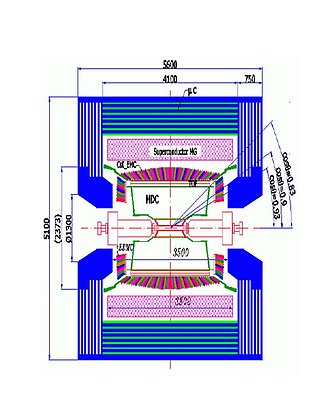BES III

Understanding the strong force is one of the most challenging problems in contemporary physics. The strong force generates 98% of the visible mass in the universe and confines the coloured quarks and gluons into colourless particles, i.e. hadrons.
The known hadrons are either baryons (quark triplets) or mesons (quark-antiquark pairs). The lightest baryons are the nucleons (protons and neutrons) and hyperons. Hyperons contain one or several strange quarks while the nucleons only contain up and down quarks. Nucleons and hyperons belong to the same SU(3) baryon octet and if the SU(3) symmetry was exact could the properties of the hyperons be derived from the present knowledge on nucleons. This is not quite the case, therefore we can learn to what extent SU(3) symmetry is broken by comparing the nucleon and hyperon properties.
The focus of the BESIII group in Uppsala is time-like electromagnetic form factors of hyperons. Form factors are fundamental hadron structure observables and precise measurements of them provide powerful tests of the theoretical models. The group is also involved in developing read-out electronics for planned detector upgrades.
We plan to carry out measurements of pairs of hyperons and antihyperons which are produced in electron-positron annihilations using the Beijing Spectrometer (BES) III detector. The facility is located in the Beijing Electron Positron Collider (BEPC) II in Beijing, China. BES III has a close to 4π coverage and provides precise tracking, particle identification and calorimetry.
The foreseen form factor study includes cross section, angular distribution and polarization, and the BES III detector is an excellent tool for this kind of measurements.
